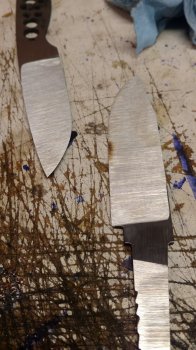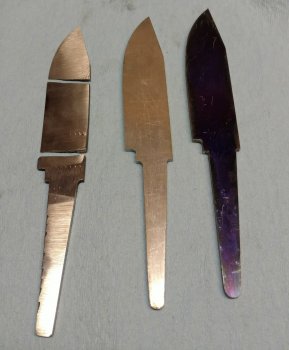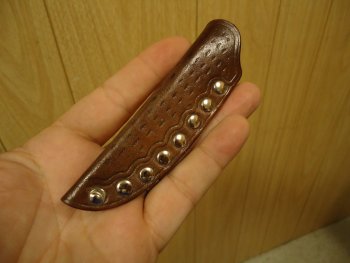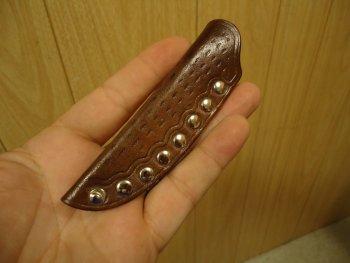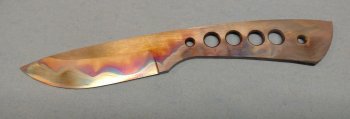The keg in the background is a slack tub. Mostly used to cool tongs and the rebar handles I weld to bigger billets. In the past I've used steel barrel halves (rusted through), the half oak barrels (always leaking), so I stumbled across that keg at the scrapyard and snagged it for a slack tub (the aluminum doesn't rust/leak!)
Ty: But "winter" is when all the good stuff happens! Chasing critters, and better forging weather...... what's not to want?

I think that all those lung treatments have messed up my body.... I just don't seem to operate very well when it's hot outside.



